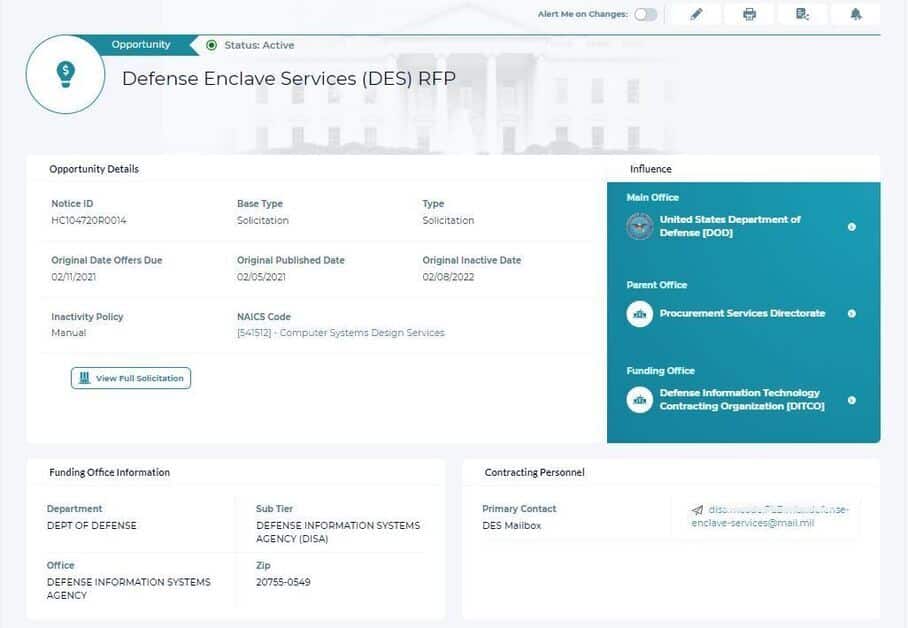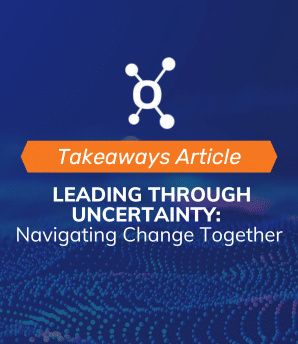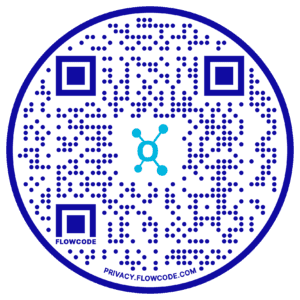By Andrew Ramos-Flynn & Maeve Sockwell
Defense insiders have long been aware of the Department of Defense’s ongoing efforts to modernize its force — DOD is working alongside industry partners to reshape its acquisition and management processes to meet the needs of modern-day warfare. As the department works to advance everything from equipment to system management, to cybersecurity through the creation of zero-trust IT architecture, the organizations and people behind the force must adapt as well. Here are three recent departmental shifts you should know about.
Enterprise Cloud Management Agency (ECMA)

As part of the increased prioritization of digital transformation, last month the Army OCIO announced the elevation of the Enterprise Cloud Management Office (ECMO) to the status of an agency, increasing its resources and responsibilities.
ECMA was initially stood up in November 2019 as an office underneath the Army CIO/G-6 (prior to its split), tasked with the mission to work with industry and Army partners to manage a department-wide transition to the cloud. Since its inception, Paul Puckett III has headed the organization, coming to the Army from the private sector after having served as CTO of federal business for Pivotal Software, a cloud services provider.
Already, in its short lifespan, ECMA has collaborated with other Army organizations such as the Army Analytics Group and U.S. Army Future Command’s Software Factory to create a foundation of cloud services, cARMY.
The Army just released a request for information (RFI) Army Enterprise Application Modernization and Migration to Commercial Cloud Requirement that outlines the Army’s need for “an enterprise scale contractual vehicle or agreement to modernize and migrate Army applications/systems.” The contracting opportunity will gauge industry ability to help ECMA in preparing the army for migration to cARMY.
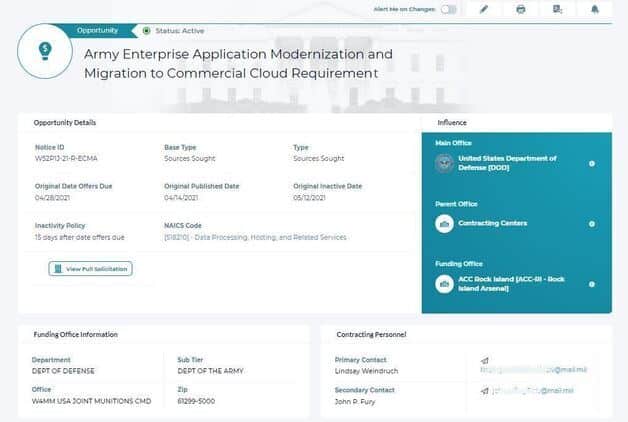
Defense Information Systems Agency – Fourth Estate Network Optimization
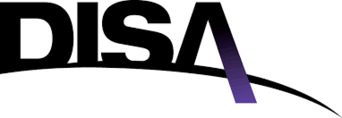
In 2019, the Pentagon designated the Defense Information Systems Agency (DISA) as the single service provider to optimize network capabilities for the Fourth Estate (all non-military DOD entities). The initiative, known as the 4th Estate Newtork Optimization (4ENO) program, aims to modernize DOD IT architecture and legacy systems, mitigate cyber risks, and reduce costs. The migration rollout to DISA will extend from fiscal years 2020-2025 and includes 14 defense agencies and DOD field activities, initially:
Defense Information System Agency • Defense Technical Information Center • Defense Microelectronics Activity • Defense POW/MIA Accounting Agency • Defense Contract Management Agency • Defense Contract Audit Agency • Defense Microelectronics Activity
A key component of 4ENO is the $11.65B Defense Enclave Services (DES) contract, which will set the framework for consolidating IT systems. DISA recently issued its final request for proposals (RFP) for the DES contract, which is expected to be awarded at the end of the year.
Don Means, DISA’s national leadership command capabilities executive since 2018, took on the role of defense enclave services executive in 2020. In this position, Means directs the 4ENO effort under DISA’s Defense Enclave Services Directorate, which is tasked with implementing the optimization program.
Other 4ENO influencers are:
- Col Chris Autrey, Defense Enclave Services Office Chief
- Laura Herbertson, Deputy Program Manager for Fourth Estate Network Optimization
- Miguel Cerritos-Aracen, Information Technology Service Division Chief
- Rich Forsht, Global Service Desk Chief
- Chris Miller, Programmatic Consolidation Branch Chief
PEO Digital and PEO MLB


PEO Digital, focused on information technology acquisition, is at the helm of the Navy’s digital transformation efforts. As part of the Navy’s new cloud policy, PEO Digital will manage all Navy cloud computing services contracts through a newly established Naval Digital Marketplace. The program executive office is headed by Ruth Youngs Lew, a career Navy program manager and program executive officer. Her military deputy is Col. Ross Monta, who came from the Marine Corps Systems Command (MARCORSYSCOM) as part of PEO Digital’s absorption of the command’s Portfolio Manager Supporting Establishment Systems programs (PMSES).
Meanwhile, PEO MLB oversees a portfolio focused on administrative, financial, and business solutions for Navy personnel (fighters and civilians), such as managing the MyNavy Portal, which will modernize human resources across the service. The office is led by Les Hubbard, ex-CIO of the Space and Naval Warfare Systems Command (now Naval Information Warfare Systems Command) and former executive director of PEO EIS. Although the reorganization occurred in 2020, the office has seen the addition of new personnel in 2021, all of whom have held prior Navy IT roles:
Mary Thoms joined PEO MLB in February as executive director. Thoms previously served as CIO and director, performance improvement and information management at the Office of Naval Research (ONR) where she worked on digital transformation efforts to standardize processes across the organization.
Kevin Burnett, who formerly worked at DISA, assumed the position of technical director in January after serving in the role on an acting basis since June. An IT transformation director also joined in the new year — Tom Murphy, after his time as director of digital readiness at NAVSEA. This newly assembled group of leaders will work to oversee the transformation of supplying business services to the Navy.



